When you find yourself caught in low light conditions, do you prefer bumping up the ISO or slowing down the shutter speed? Each of these options has a benefit and a trade off of its own. High ISO introduces more noise in the image, whereas a slower shutter speed causes motion blur to show up. It’s up to you to make the decision for your photo, depending on the situation. Photographer Mark Wallace from Adorama takes up a challenge to evaluate the choices in the following video:
Wallace starts by setting up his Leica M10 with a 28mm lens set at f/8, ISO 100, and 16 seconds. The result is a very pleasing, clean image with beautiful motion blur of the water.
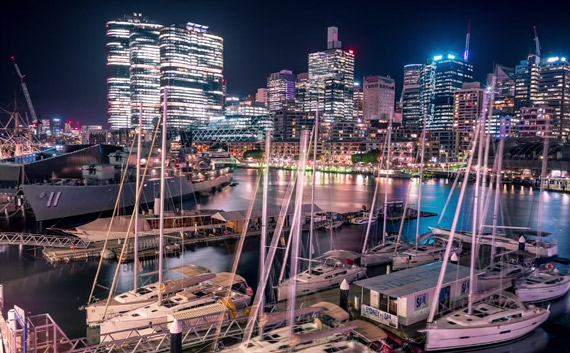
Next, he bumps up the ISO to 3200, which changes the shutter speed to 1/2 second. The result? The image looks noisy when viewed at 100 percent, and the water looked better when it was blurry.
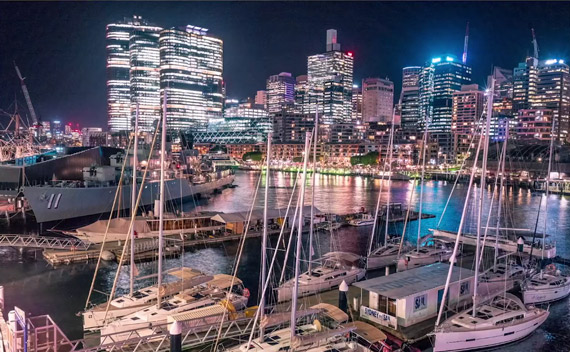
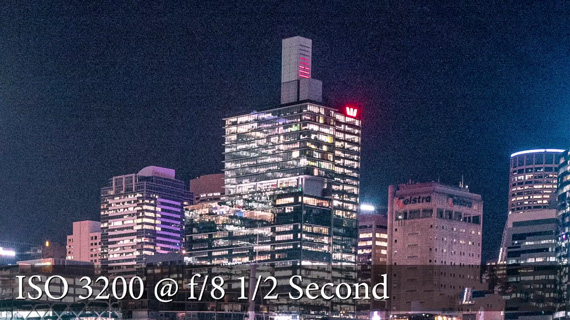
The image shows considerable noise when zoomed at 100 percent.
To conclude, if the subject isn’t moving, it’s a better option to shoot at a slower shutter speed and a low ISO.
In cases when it is essential to freeze motion in a low light condition, using a low ISO and a slow shutter speed won’t cut it. You will end up getting a messy image full of motion blur. It thus becomes essential to bump the ISO up in order to have a decent shutter speed. For demonstration, Wallace sets his camera to ISO 6400 at f/2, which lands him up to a shutter speed of 1/60 second for the following image:
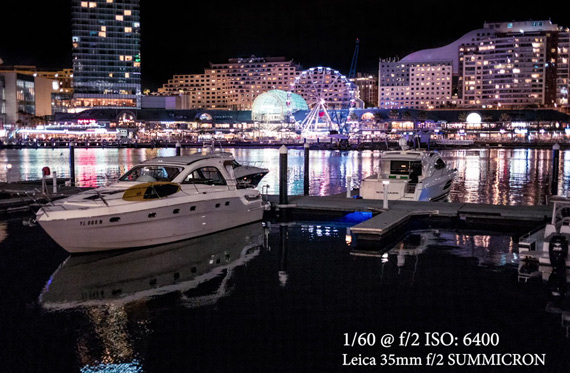
Here is another example where he uses a relatively high ISO:
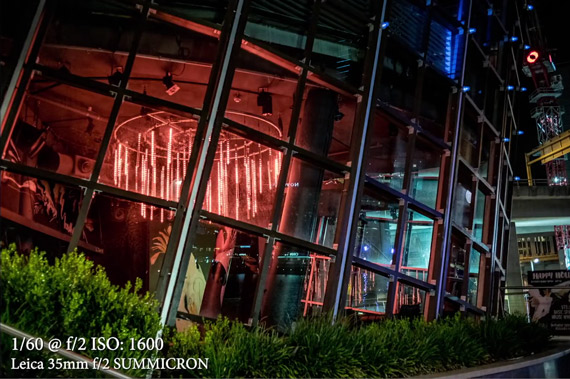
So what did we learn?
“We learned that if we are shooting something that is not moving, like a building or a mountain or maybe even the ocean, and the camera is on a tripod, we can use a very low ISO value and then let that shutter hang for 20–30 seconds or even a few minutes. But for shooting something handheld or walking around in low-light, and we don’t have a flash. . .we need to open up our aperture to let in a lot of light and boost the ISO.”
But then, there is the question of how high you can go with your ISO. Newer generations of cameras are capable of delivering acceptable images even at higher ISOs. Also, be aware that full frame cameras can handle higher ISOs better than APSC or Micro 4/3 cameras. Get to know your camera and see how much can you “exploit” it by cranking up the ISO and evaluating the results.
Go to full article: How to Choose Between High ISO and Slow Shutter Speed
What are your thoughts on this article? Join the discussion on Facebook
PictureCorrect subscribers can also learn more today with our #1 bestseller: The Photography Tutorial eBook
The post How to Choose Between High ISO and Slow Shutter Speed appeared first on PictureCorrect.
from PictureCorrect https://ift.tt/2Pkz24g
via IFTTT






0 kommenttia:
Lähetä kommentti